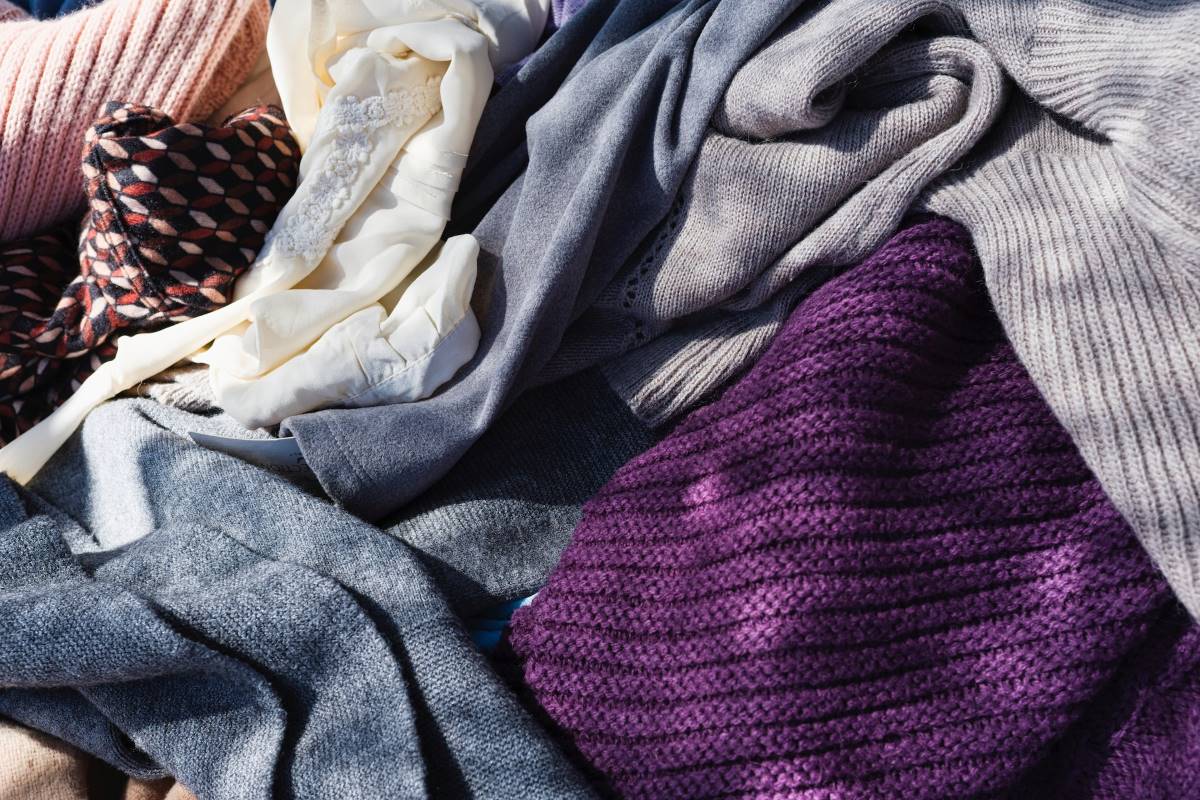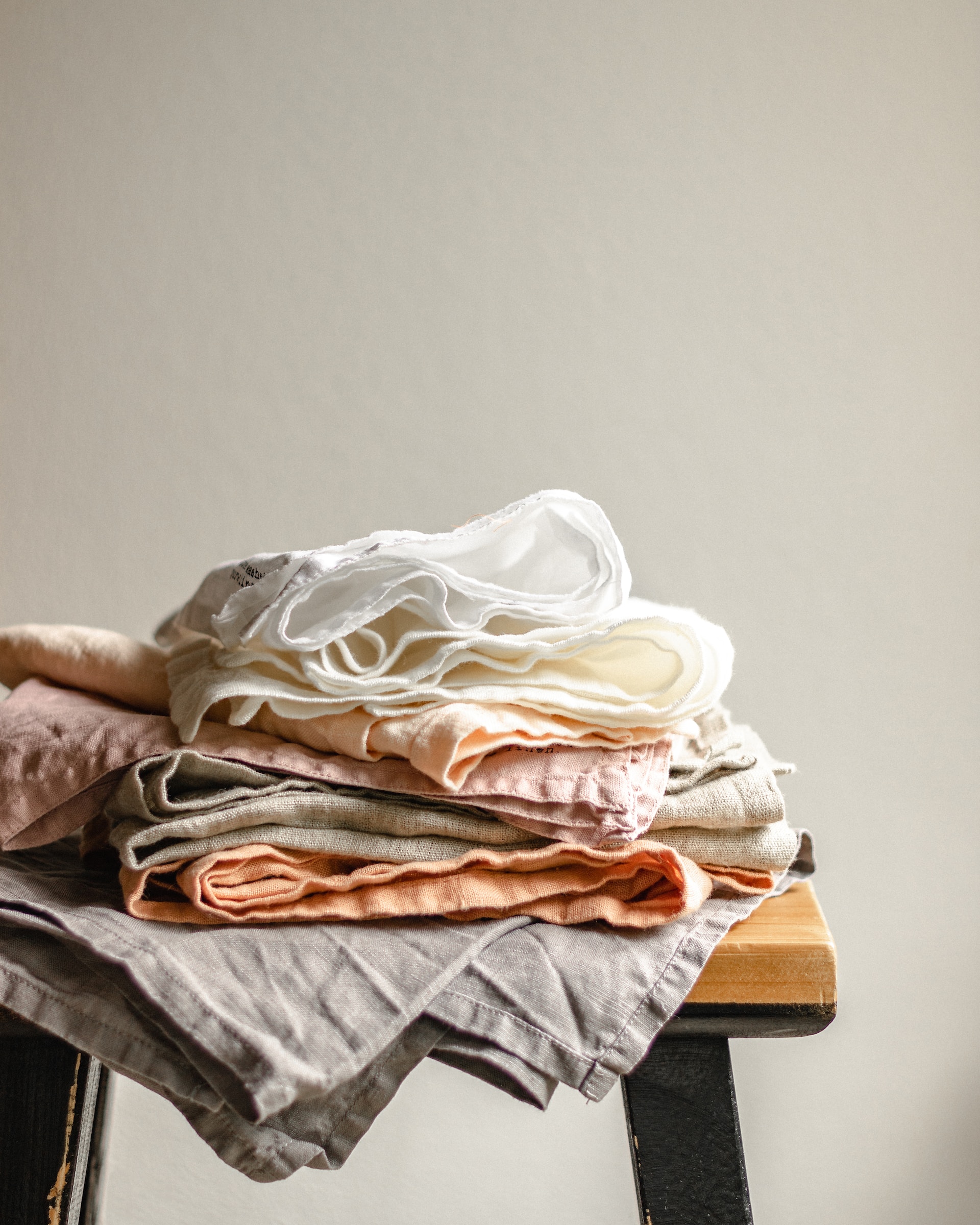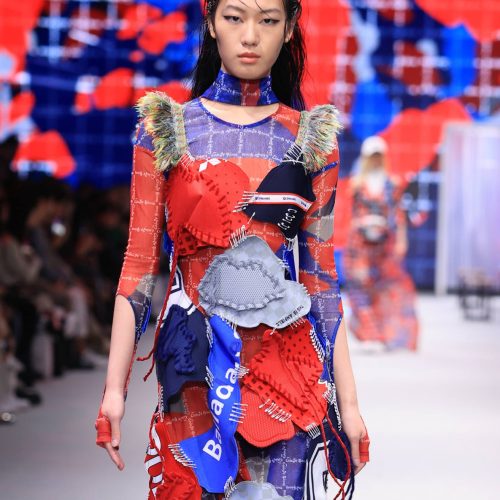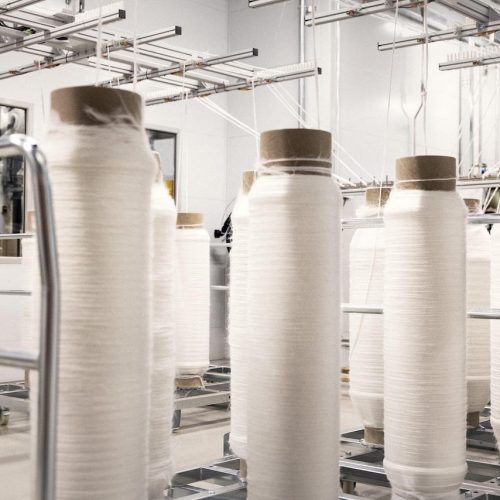Slow Fashion Requires Patience | But Can We Wait?
More slow fashion principles are emerging from the textile industry to align with the sustainable movement. Slow fashion requires patience, but the increasing need for instant gratification means that consumers could struggle to adapt to this change. Can the damage that fast fashion has done be reversed?
To receive the Luxiders Newsletter, sign up here.
The rise of fast fashion and ecommerce opened the door to a new world for consumers. From the late 1990s, shopping from the comfort of your own home became a quick, easy and inexpensive experience. As well as transforming the textile industry, fast fashion has consequently altered the mind of consumers. When it started to emerge, consumers were presented with enormous amounts of choice at little cost, creating a frenzy around mass produced fashion. Fast fashion has only gotten faster and cheaper, later being replaced by ultra fast fashion.
The “fast” in fast fashion represents the trend cycle, as ecommerce brands upload new styles everyday, stocking thousands of items at once. The consequences have been detrimental to the planet, driving unethical practices and working conditions, as well as fuelling overconsumption. However, as we all know, the negative impact that fast fashion makes has been resonating with consumers for some time. Attitudes towards sustainability, especially in the textile industry, are shifting with ¼ consumers willing to pay more for sustainability.

© Eric Prouzet via Unsplash
SLOW FASHION MOVEMENT
The slow fashion movement has fuelled second-hand consumption and circular practices in the textile industry. Introducing resale, rental and repairing fashion, brands are able to stay relevant with their consumers, as “newness” becomes less important. Consequently, more complex systems have to be put in place, due to the circular nature of these services. For example, rentals and repairs require more effort from both consumers and brands and also take time to process, aiming to keep fashion in circulation for longer. Patience is therefore becoming a significant tool for the slow fashion movement, but are consumers able to cope?
BRANDS NEED US TO BE PATIENT
In an industry that mass produces on a global scale, brands are having to adapt to these complex circular systems. Offering these services online means that consumers from all around the world are able to use them, but the time it takes is costly. Currently, the waiting time for jeans is around 12 weeks, when sending yours for a free repair at Hiut Denim. Asking consumers to be patient, the Welsh brand is being honest about the amount of time that these services take. Patagonia is another example, with consumers having to request a repair first, before waiting 4-6 weeks (if they’re accepted). The clue’s in the name, but are consumers willing to accept the reality of slow fashion?

© Georgia de Lotz via Unsplash

© svitlana via Unsplash
CAN WE WAIT?
ATTITUDE-BEHAVIOUR GAP
Despite newness no longer being the priority for consumers, speed is still paramount. According to a Jay Baer study on the patience of consumers, speed is the most important aspect of customer experience. This increasing need for instant gratification has been driven by social media, pushing fast fashion to become even faster. For consumers, there is a never-ending desire for more, hence the fashion trend cycle forever shrinking. Fuelling a large attitude-behaviour gap, fast fashion has created an obstacle for consumers to adapt to the slow fashion movement and consume less. As time becomes more valuable to the consumer, can we afford to wait for slow fashion?
IS IT TOO LATE?
It’s clear that we as consumers value time when making purchases. In a world where everything is one click away, it seems impossible to undo the damage fast fashion and social media has done. We must cut how many new clothes we buy by 75% if we are to make our wardrobe more sustainable. Still, in the UK alone, more than 2 tonnes of clothing is bought every minute. Our issue of overconsumption is clear and is a major factor that stands in the way of becoming more sustainable.
However, there is potential for our habits to change. According to WGSN, future consumers will be embracing “radical acceptance”, acknowledging the imperfections and realities of situations. Further interest in wellness will occur, “battling perfectionism” and rebelling against “snippet culture”, attempting to slow down against the digital world. If we’re prepared to accept imperfections and actively challenge perfectionism, these attitudes could be applied to slow fashion. It seems a long way from now, but as the industry slows down, can we slow down with it?
+ Highlight Image: © Rocknwool via Unsplash
Words:
Jemima Patterson
Luxiders Magazine




